If you associate art photography with glamour and beauty, then you might be surprised by the work of German Fotomeisters, Bernd and Hilla Becher, which is being celebrated in a new exhibition at the Fotomuseum in Winterthur.
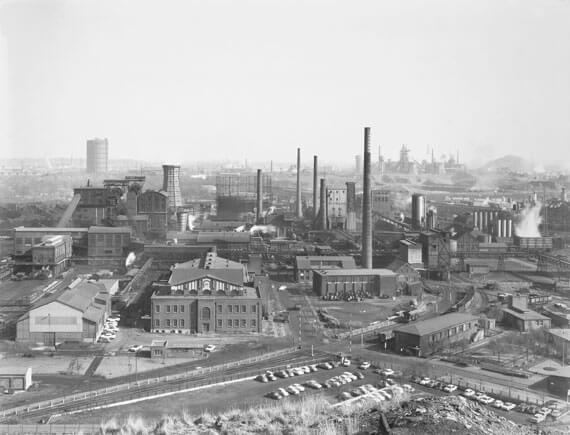
Silbergelatine-Abzug, 50 x 60 cm
© Bernd und Hilla Becher - Courtesy of Schirmer/Mosel
The couple spent almost fifty years recording industrial buildings around the world: Steel mills in their native Ruhr valley, the colliery pitheads of South Wales, gas works, warehouses, blast furnaces and shaft towers in the USA.
The Bechers called these buildings "anonymous sculptures", referring to the austere magnificence of the constructions, which were designed (in most cases) by unknown architects for functional rather than aesthetic reasons. Of course, many of the sites are now long gone.
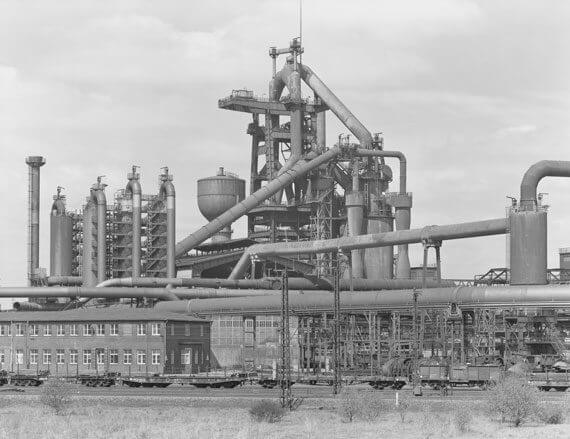
© Bernd und Hilla Becher - Courtesy of Schirmer/Mosel
The Bechers are famous for their typology method of presenting images in a comparative grid, similar to a biologist’s classification of beetles (to use Hilla Becher’s own example).
But the co-curator, Thomas Seelig, explained that this exhibition puts the "anonymous sculptures" in the context of their community or landscape, by using single images of the environment around the industrial sites. Personally, I need this human context.
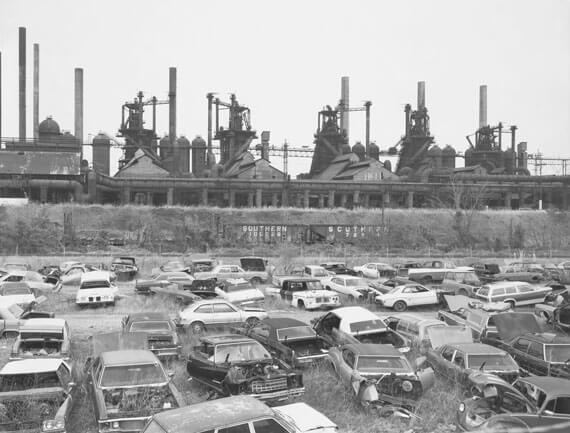
© Bernd und Hilla Becher - Courtesy of Schirmer/Mosel
There is an intellectual thrill in appreciating for the first time the sculptural beauty of a pithead, but it was the meticulous detailing of the lives of the people who inhabit these industrial worlds that I found fascinating.
A pair of underpants drying on the line outside a colliery worker’s meager house, a line of Volkswagen Beetles beside a plant in Ruhr, a graveyard in Bethlehem, Pennsylvania, with the steel works hulking in the background.
Hilla Becher said to me during our interview:
I could tell you a story about every one of these places. These are my memories.
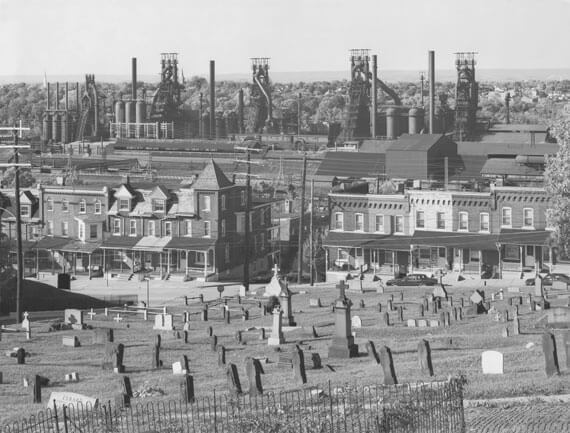
© Bernd und Hilla Becher / Courtesy of Schirmer/Mosel
Her photos also amount to a collective memory of our industrial heritage.
If pictures of pitheads isn’t enticing enough for you, then also consider that this exhibition is a chance to see and understand the work of someone Very Important Indeed.
To my shame, I knew nothing of the Bechers before the press conference, but as well as being founders of the Düsseldorf School of Photography, they are significant in the worlds of documentary, social history, archive and, of course, art.
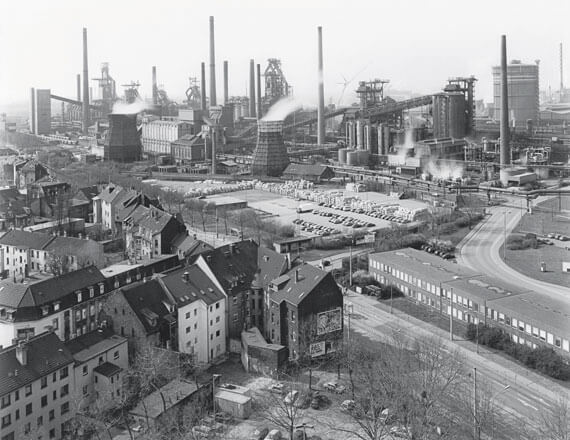
© Bernd und Hilla Becher - Courtesy of Schirmer/Mosel
All that, here in little ol’ industrial Winterthur.
The exhibition is in the main gallery of the Fotomuseum Winterthur from November 26 until February 21, 2012.


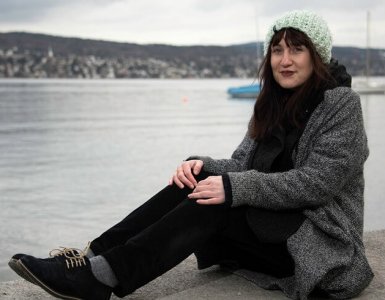
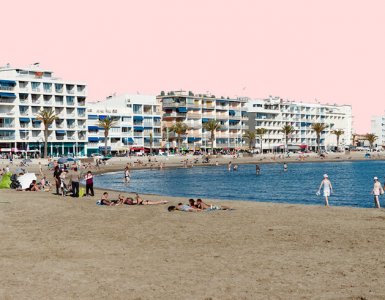

The Museum also has a good place to have something to eat or drink: “George” museum bistro
Jo, your articles introduced me to Newly Swissed. Thanks for that! I’ve never been to the Fotomuseum in Winterthur. Sounds like one to add to my Expat in Switzerland bucket list. Thanks for the article!